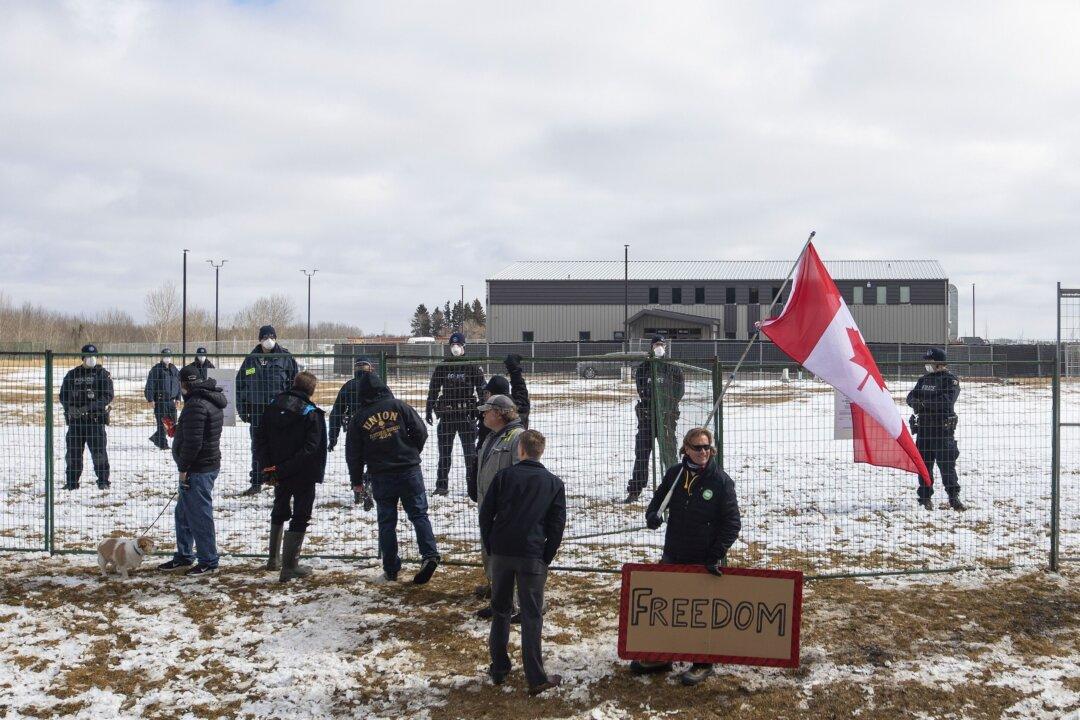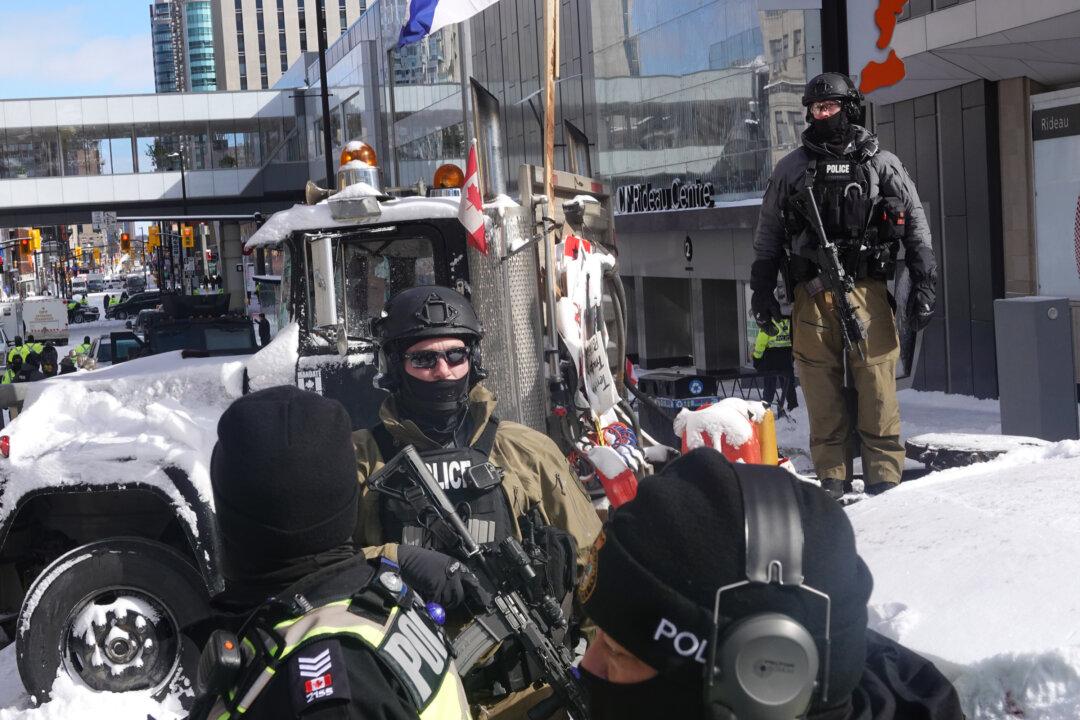The following is an excerpt from a chapter in the book “Pandemic Panic: How Canadian Government Responses to COVID-19 Changed Civil Liberties Forever,” by Joanna Baron and Christine Van Geyn, foreword by Preston Manning. It is published by Optimum Publishing International.
When the COVID-19 virus first appeared in March 2020, few religious institutions in Canada resisted lockdown orders that forbade or severely restricted worship activities. The nature of religious services, which tend to feature extended lingering, singing, and close contact between worshipers, made it clear that they could be high-risk centres of infection. And, like the public at large, religious leaders expected shutdowns to be extremely limited in duration. However, as provinces implemented reopening plans that seemingly favoured non-religious gatherings, such as allowing attendance at restaurants, bars, and big box stores, over constitutionally protected religious ones, resistance to ongoing restrictions intensified.



